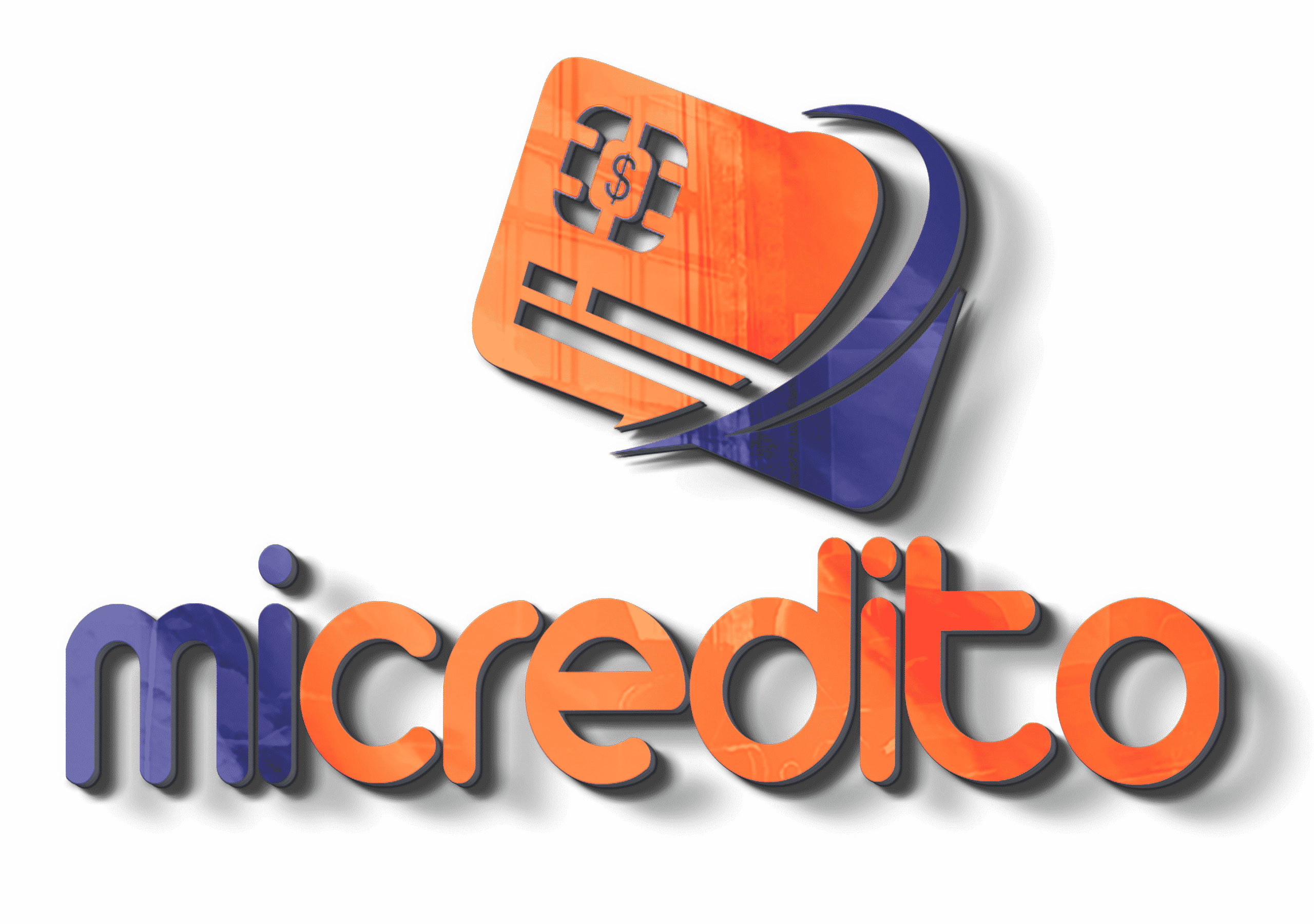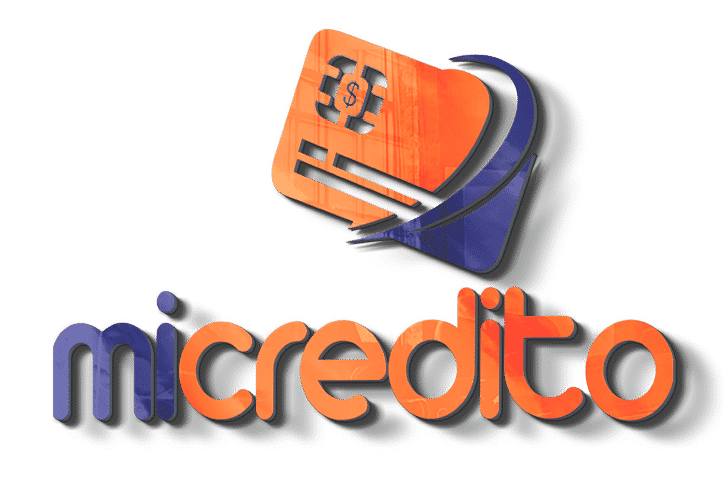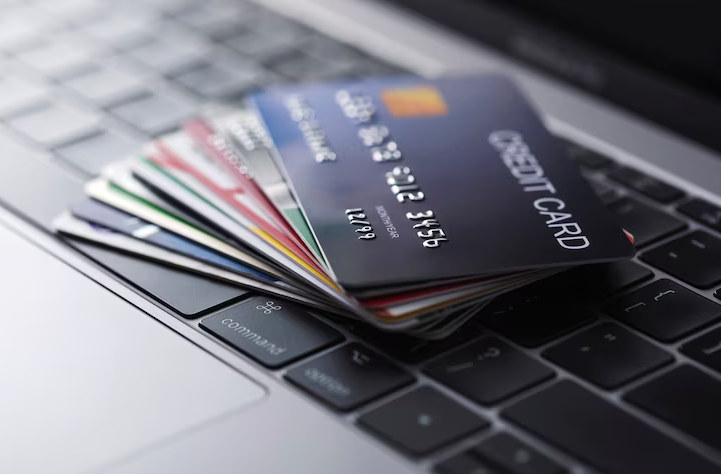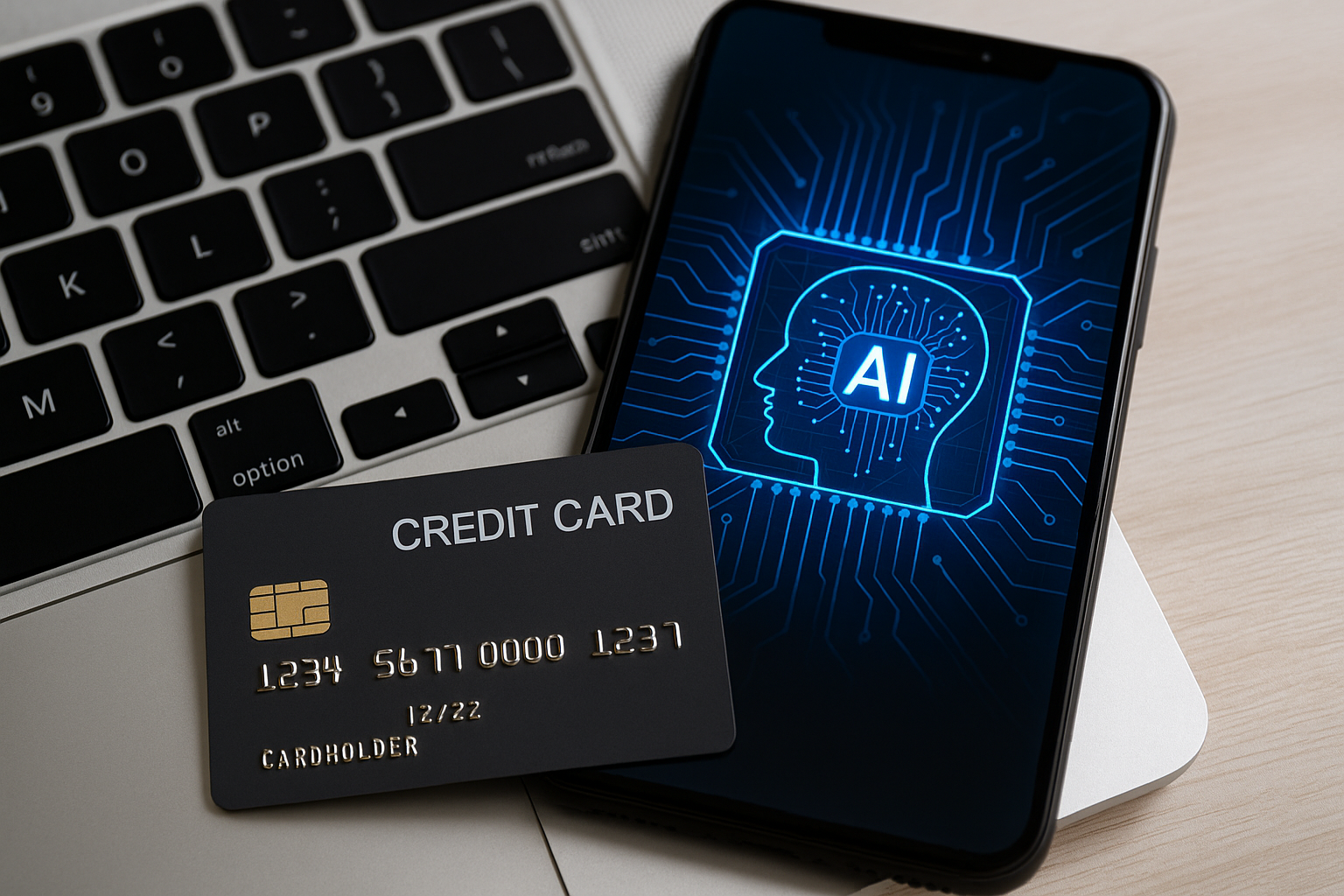When you’re considering a loan, you’ll often face a decision between secured and unsecured loans. Choosing the right type of loan can significantly impact your financial future. Both loan types offer unique advantages and disadvantages, and understanding the key differences will help you determine which option suits your situation best.
In this article, we’ll explore the key characteristics of both secured and unsecured loans, highlighting their benefits and risks to help you make the best financial decision. Keep reading to understand how each loan works, when it may suit your needs, and tips for making the most of your borrowing options.
What is a secured loan?
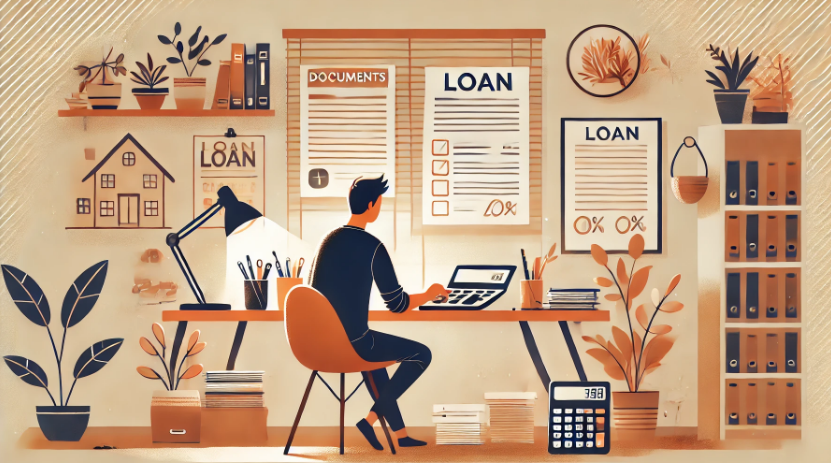
A secured loan is a type of borrowing that requires you to offer an asset, such as a home or car, as collateral. The collateral serves as a guarantee for the lender, reducing their risk in case you fail to repay the loan. Due to this lower risk, secured loans often come with more favorable terms for the borrower, such as lower interest rates and longer repayment periods.
Common types of secured loans
Secured loans come in various forms, with some of the most popular being mortgages and auto loans. Mortgages, for example, allow individuals to borrow large sums to purchase homes by using the property itself as collateral. In case of default, the lender can take possession of the home to recover their money. Similarly, with auto loans, the car serves as the collateral.
In addition to these, secured personal loans may also be available for larger purchases or consolidating debt. The advantage of having a tangible asset backing the loan provides more security to the lender, which is why secured loans generally offer lower interest rates compared to unsecured ones.
However, the borrower must understand that the risk isn’t eliminated but transferred. If you fail to make timely payments, you risk losing the asset that you have pledged as collateral. For those who have valuable assets and are comfortable with this kind of risk, secured loans can be an attractive option due to the better terms they offer.
Pros and cons of secured loans
Secured loans offer clear advantages but also some serious risks. On the positive side, the lower interest rates can make repayments more affordable, particularly on large sums. Secured loans can make it easier for those with lower credit scores to access credit since the collateral reduces the lender’s risk.
On the downside, the primary risk lies in the potential loss of your collateral if you default on the loan. The consequences can be severe, such as losing your home in the case of a mortgage. Additionally, the approval process for secured loans can take longer, as lenders need to assess the value of your collateral.
Understanding unsecured loans
Unlike secured loans, unsecured loans do not require any collateral. Instead, they are based solely on your creditworthiness, income, and ability to repay the loan. As a result, unsecured loans can be easier and quicker to obtain but often come with higher interest rates due to the increased risk for lenders.
Typical uses of unsecured loans
Unsecured loans are commonly used for smaller personal needs, such as consolidating debt, covering emergency expenses, or financing vacations. Personal loans and credit cards are two well-known examples of unsecured borrowing. With no need to offer collateral, they are accessible to a broader range of people, making them popular for everyday borrowing needs.
For instance, a personal loan might help you consolidate several high-interest credit card debts into a single, lower-interest loan. Since no collateral is needed, the application process tends to be faster and less intrusive. Many people opt for unsecured loans when they need a financial solution quickly or don’t have significant assets to offer as security.
Credit cards are another form of unsecured debt that offer flexibility. However, the convenience of credit cards often comes with significantly higher interest rates, especially if you carry a balance over time. Managing credit card debt responsibly is crucial to avoid excessive interest charges that can quickly spiral out of control.
The benefits and drawbacks of unsecured loans
One of the most significant advantages of unsecured loans is the lack of collateral. You won’t risk losing valuable assets if you struggle to make payments, which can provide peace of mind. This is particularly important for individuals who don’t own significant assets or prefer not to risk them.
However, this increased flexibility comes at a cost. Lenders take on more risk with unsecured loans, and as a result, interest rates tend to be higher than with secured loans. For borrowers with a lower credit score, obtaining an unsecured loan can be even more challenging or result in particularly unfavorable terms.
Moreover, since no asset is tied to the loan, lenders might be more stringent about income requirements or credit history when assessing loan applications. For this reason, unsecured loans may not be an option for everyone, especially those who need to borrow large sums or who have a less-than-ideal credit history.
Which loan is right for you?
When deciding between a secured or unsecured loan, it’s essential to consider your financial situation, goals, and comfort with risk. Both loan types can be valuable tools, but they are designed for different needs and circumstances. Secured loans typically offer lower interest rates but require collateral, while unsecured loans provide more flexibility at the cost of higher rates.
Evaluating your financial position
First, assess your current financial status. Do you have assets you’re willing to use as collateral? Are you confident that you can make loan payments consistently? Secured loans can be a great option if you want to borrow a larger amount at a lower interest rate and have assets you’re willing to put on the line.
If you have a strong credit score and a stable income, you may be able to secure a competitive rate on an unsecured loan, allowing you to borrow without risking personal property. Conversely, if your credit score is lower, you might find more favorable terms with a secured loan, where the collateral compensates for the higher risk.
Matching the loan to your needs
Consider your goals when selecting the loan type. Are you looking for long-term financing, such as a mortgage or auto loan, where you’re comfortable pledging collateral? A secured loan might provide the best terms. Alternatively, if you need a short-term loan to cover immediate expenses without risking your home or car, an unsecured loan could be the better fit.
It’s essential to weigh both the immediate and long-term implications of your decision. For larger purchases, such as buying a home or financing a significant investment, secured loans often offer more manageable terms over the long haul. But if your borrowing needs are more short-term or you’re seeking to manage unexpected costs, unsecured loans can offer a faster and more flexible solution.
